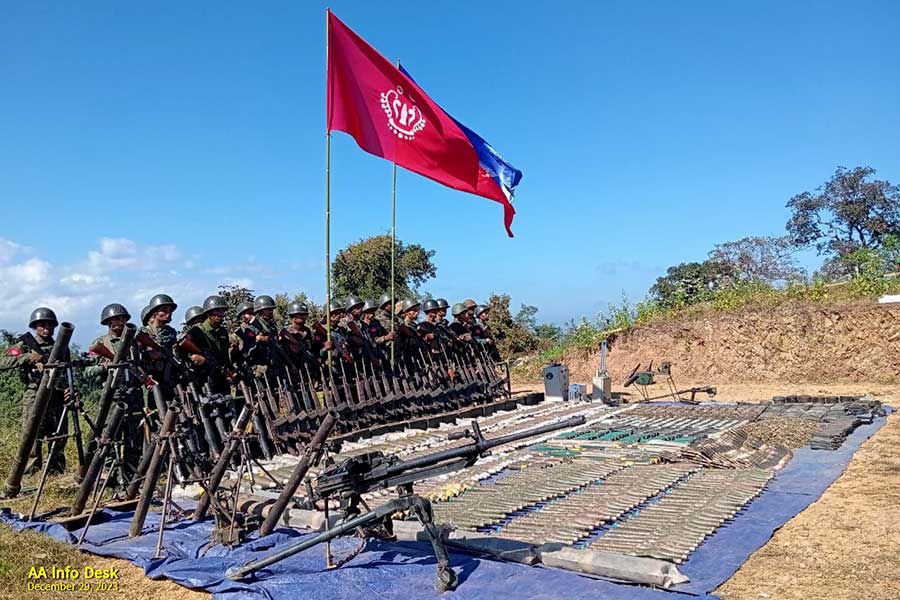
Catastrophic forgetting, also known as catastrophic interference, is a phenomenon observed in artificial neural networks, particularly when they are trained sequentially on different tasks.
When a model learns a new task, it may significantly degrade its performance on previously learned tasks, effectively “forgetting” them. This is a challenge for developing AI systems that need to learn continually or adapt to new information without losing previously acquired knowledge.









To mitigate catastrophic forgetting, several strategies have been developed:
1. **Regularization Techniques**:
– **Elastic Weight Consolidation (EWC)**: This method helps to preserve important weights for previously learned tasks by applying penalties to changes in those weights when learning new tasks.
– **L2 Regularization**: Adding a regularization term to the loss function can help maintain the performance of previously learned tasks by discouraging large changes to the model’s parameters.
2. **Replay Mechanisms**:
– **Experience Replay**: This involves maintaining a buffer of past experiences (data points) from previous tasks and replaying them during training on new tasks. This can be done through random sampling or prioritized sampling of past experiences.
– **Generative Replay**: Instead of storing real past experiences, a generative model (like a GAN or VAE) is trained to generate examples from previous tasks, which are then used to reinforce the old knowledge while learning new tasks.
3. **Architectural Approaches**:
– **Dynamic Architecture**: Strategies like dynamically expanding the network by adding new neurons or layers for new tasks can help retain previous knowledge. This can involve creating task-specific modules or using a multi-branch architecture.
– **Parameter Isolation**: Allocating separate parameters or subsets of the model for different tasks, sometimes referred to as “path-based” approaches, can minimize overlap in learning.
4. **Meta-Learning**:
– Employing meta-learning frameworks that focus on learning how to learn can help in adapting quickly to new tasks while preserving old knowledge. Techniques like MAML (Model-Agnostic Meta-Learning) are useful in this regard.
5. **Task-Specific Training**:
– Training the model not just for a new task but also incorporating structured mechanisms to remind it about older tasks. Techniques such as progressive neural networks allow the network to retain pathways for older tasks without interference.
6. **Self-Training and Semi-Supervised Learning**:
– Utilizing self-training methods where the model uses its own predictions or knowledge to enhance learning can also help in retaining information across various tasks.
7. **Continuous Learning Frameworks**:
– Developing frameworks that explicitly incorporate the principles of continuous learning can help in systematically addressing the challenges of catastrophic forgetting.
8. **Knowledge Distillation**:
– Using knowledge distillation, where the output of a “teacher” model (trained on earlier tasks) is used to train a “student” model (which continues to learn new tasks) can help retain performance on previous tasks.
Research on catastrophic forgetting continues to evolve, with ongoing efforts to develop more sophisticated models and techniques that can effectively learn and retain knowledge across a broad range of tasks without interference.


Leave a Reply